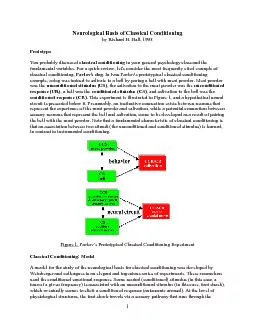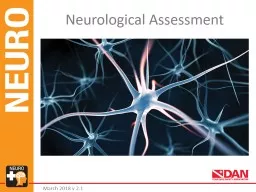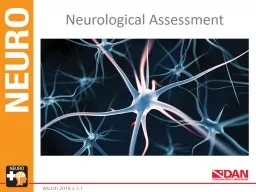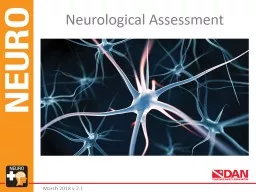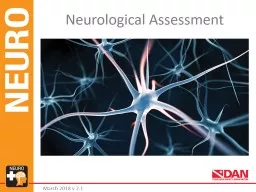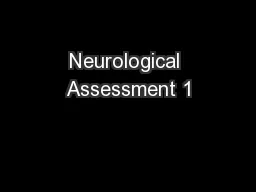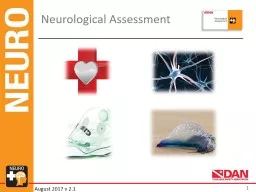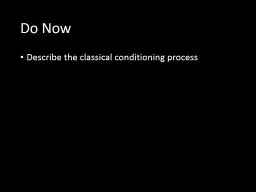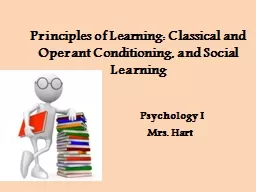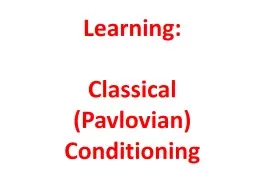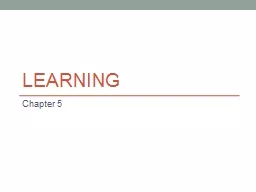PDF-Neurological Basis of Classical Conditioning classical conditioningfun
Author : natalia-silvester | Published Date : 2017-02-24
Figure 1 cal Conditioning Experiment Classical Conditioning Model A model for the study of the neurological basis for classical conditioning was developed by Weinberger
Presentation Embed Code
Download Presentation
Download Presentation The PPT/PDF document "Neurological Basis of Classical Conditio..." is the property of its rightful owner. Permission is granted to download and print the materials on this website for personal, non-commercial use only, and to display it on your personal computer provided you do not modify the materials and that you retain all copyright notices contained in the materials. By downloading content from our website, you accept the terms of this agreement.
Neurological Basis of Classical Conditioning classical conditioningfun: Transcript
Download Rules Of Document
"Neurological Basis of Classical Conditioning classical conditioningfun"The content belongs to its owner. You may download and print it for personal use, without modification, and keep all copyright notices. By downloading, you agree to these terms.
Related Documents

